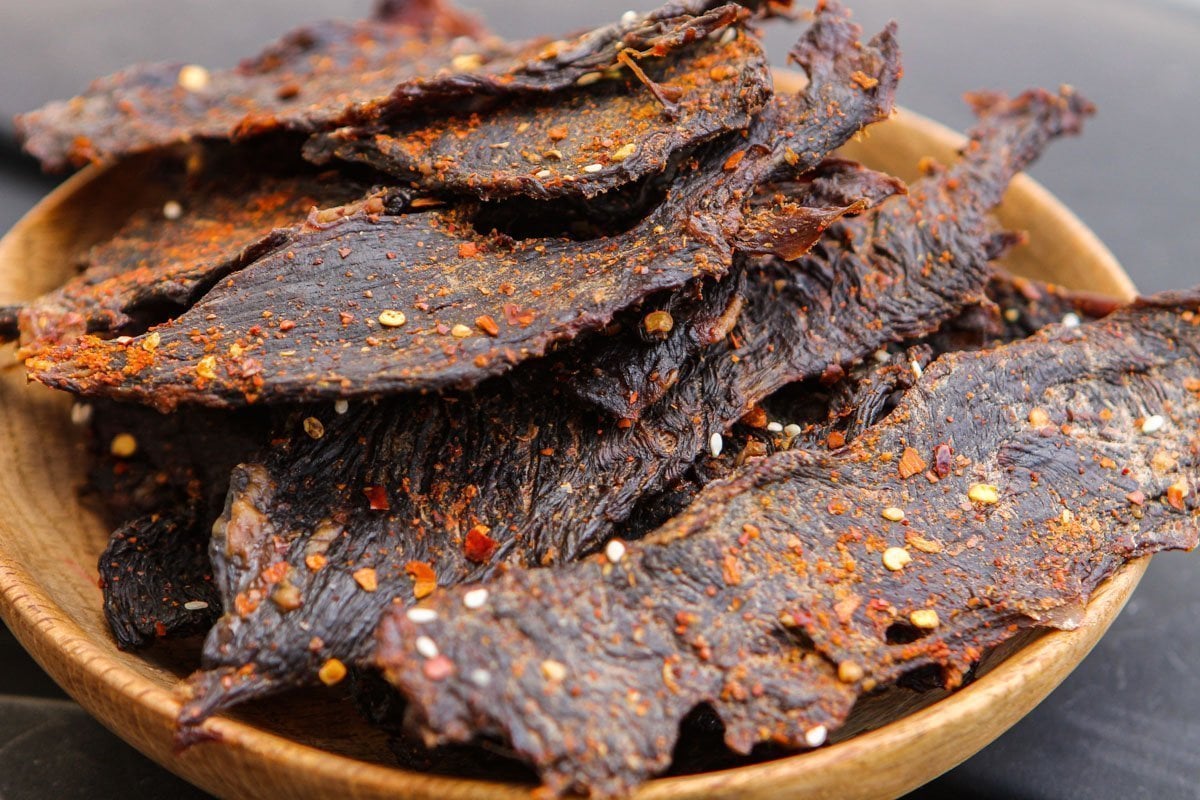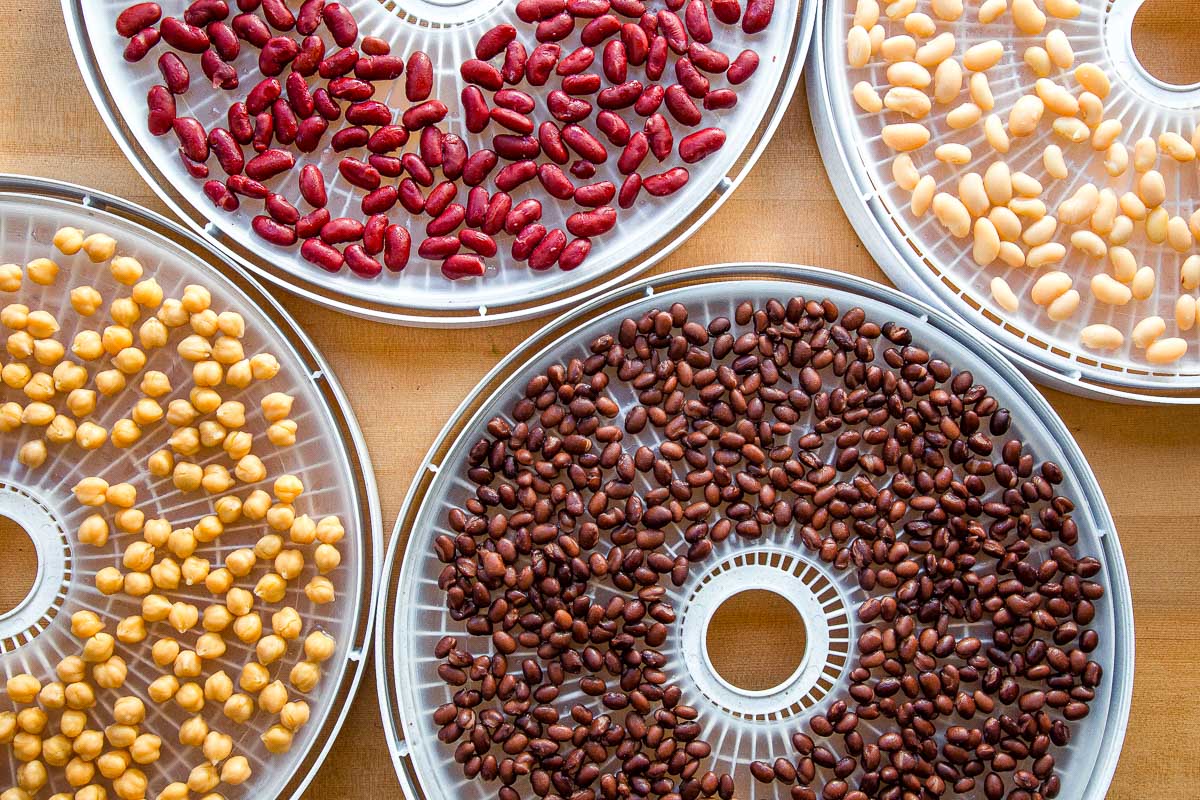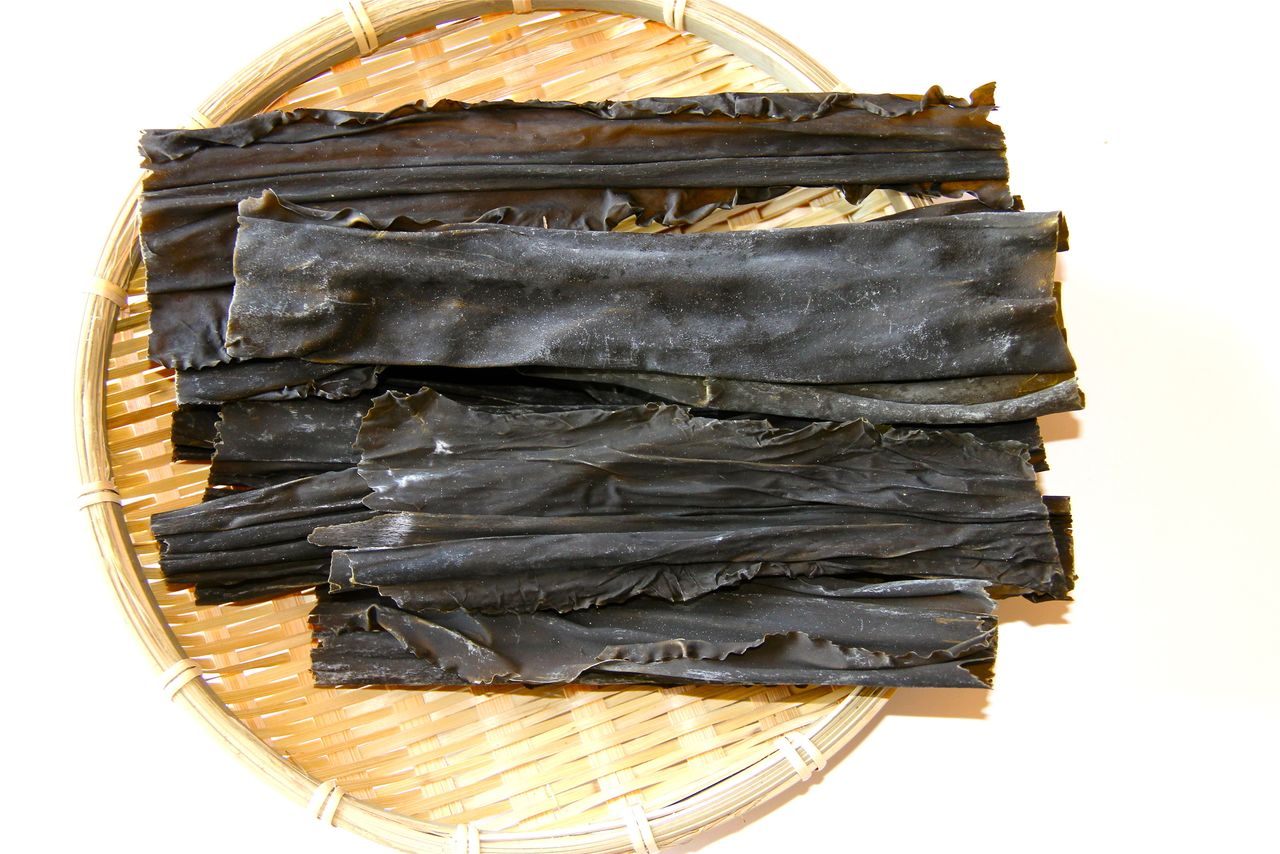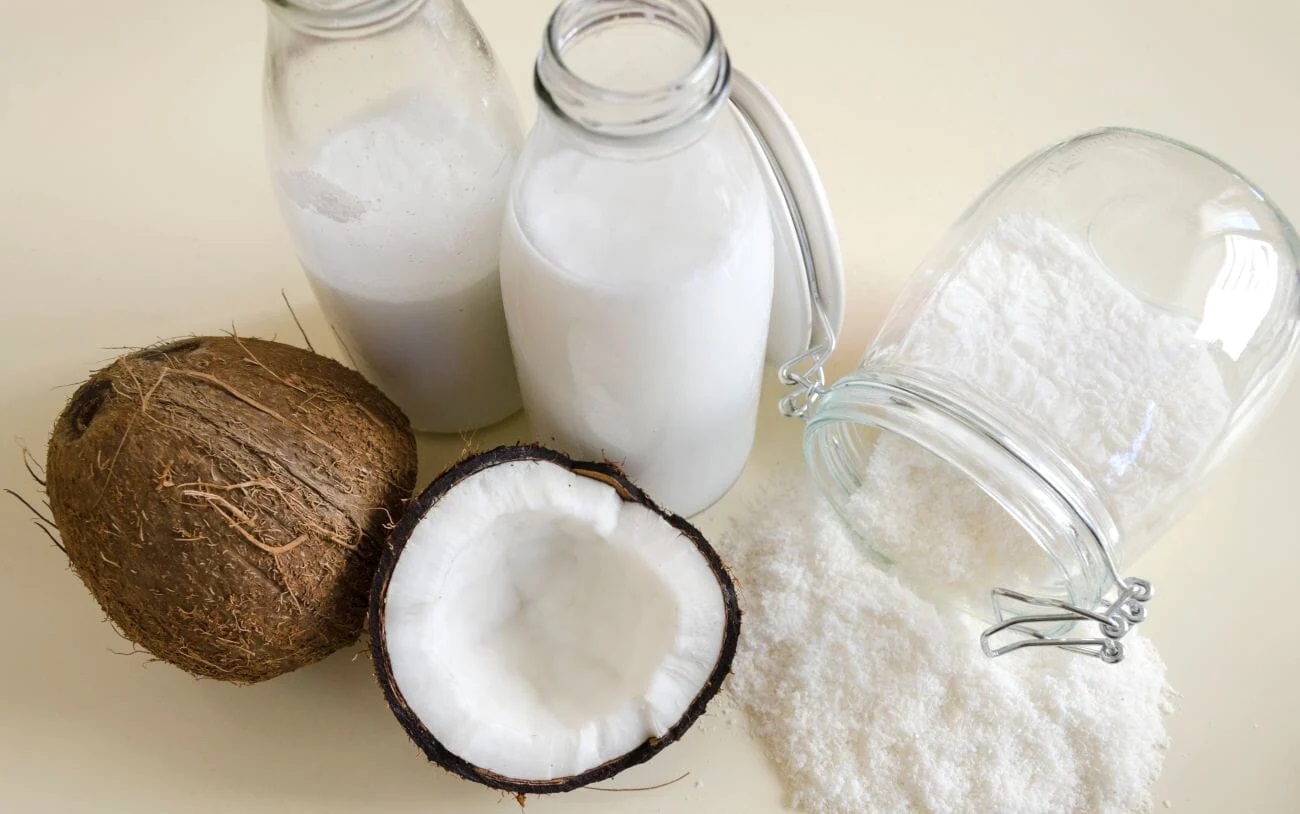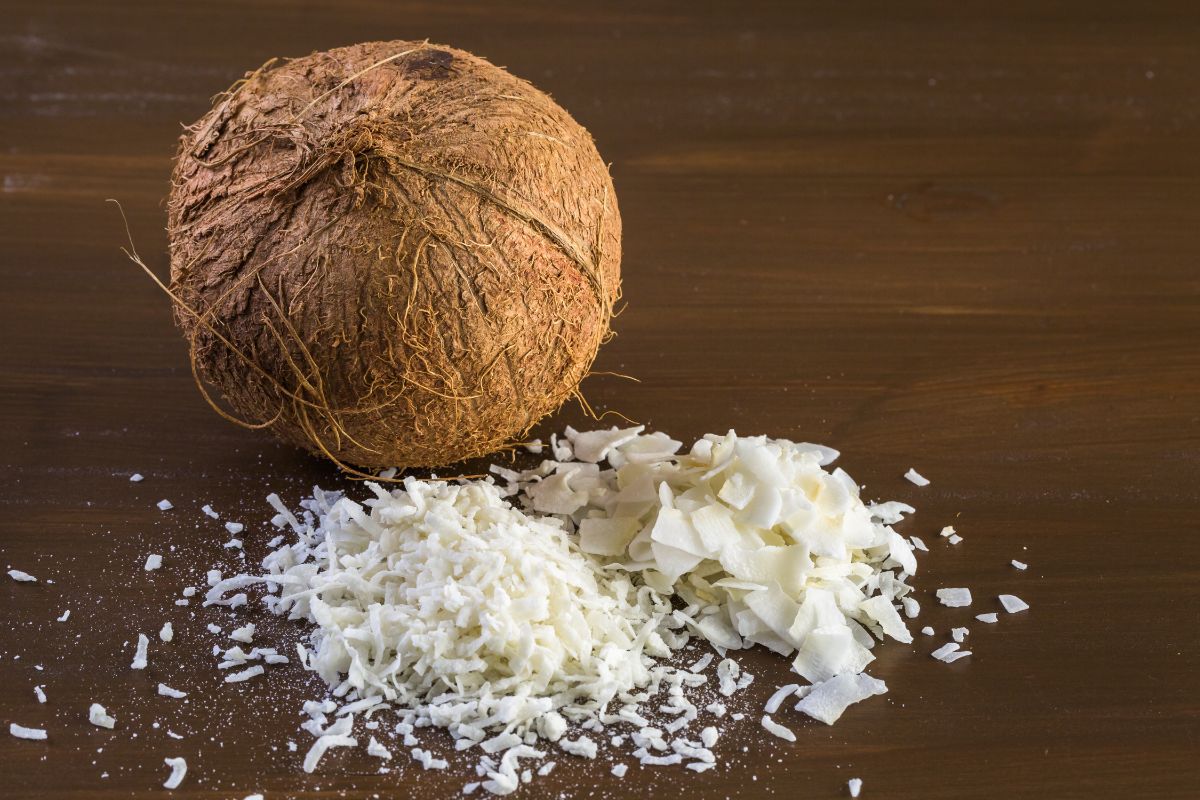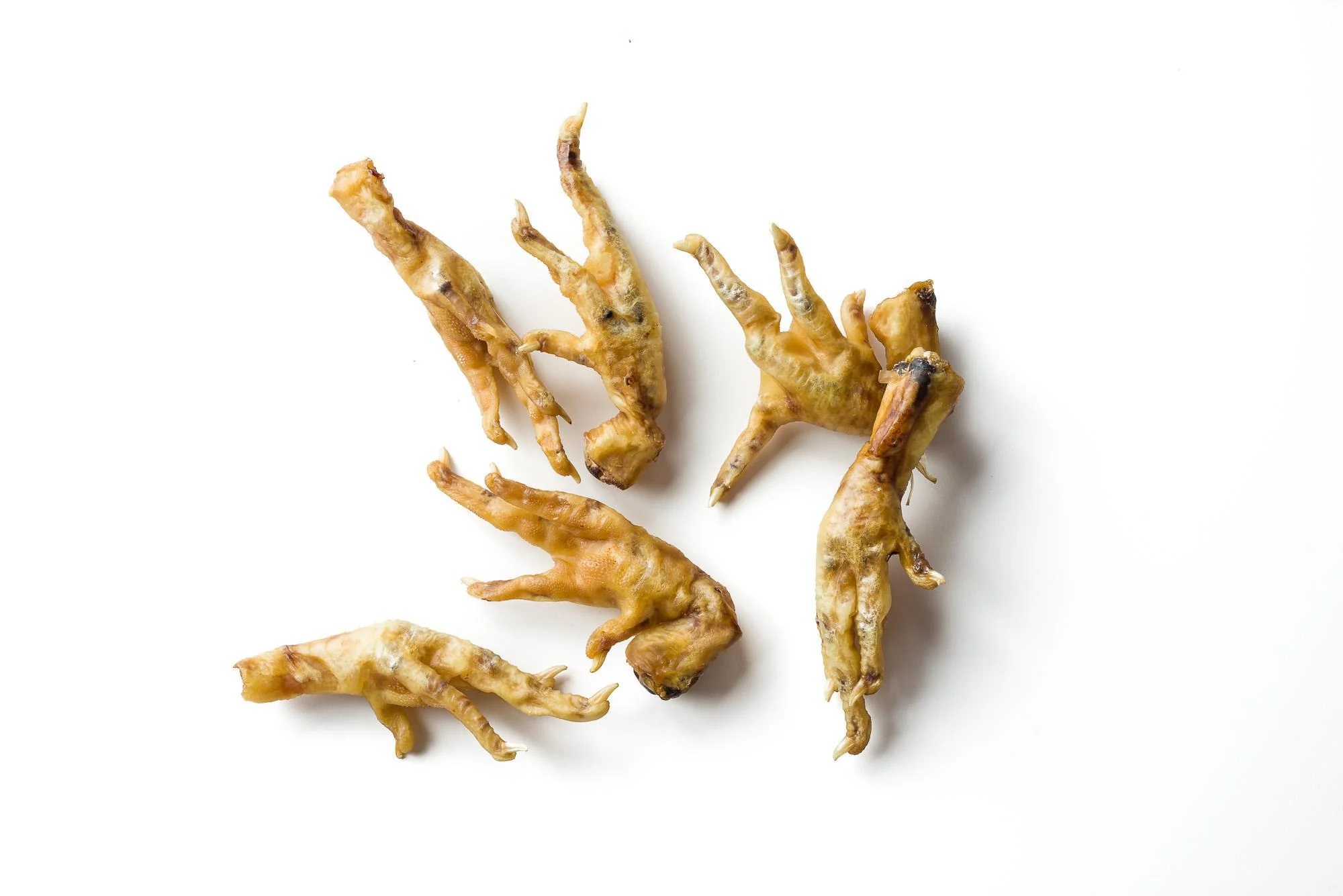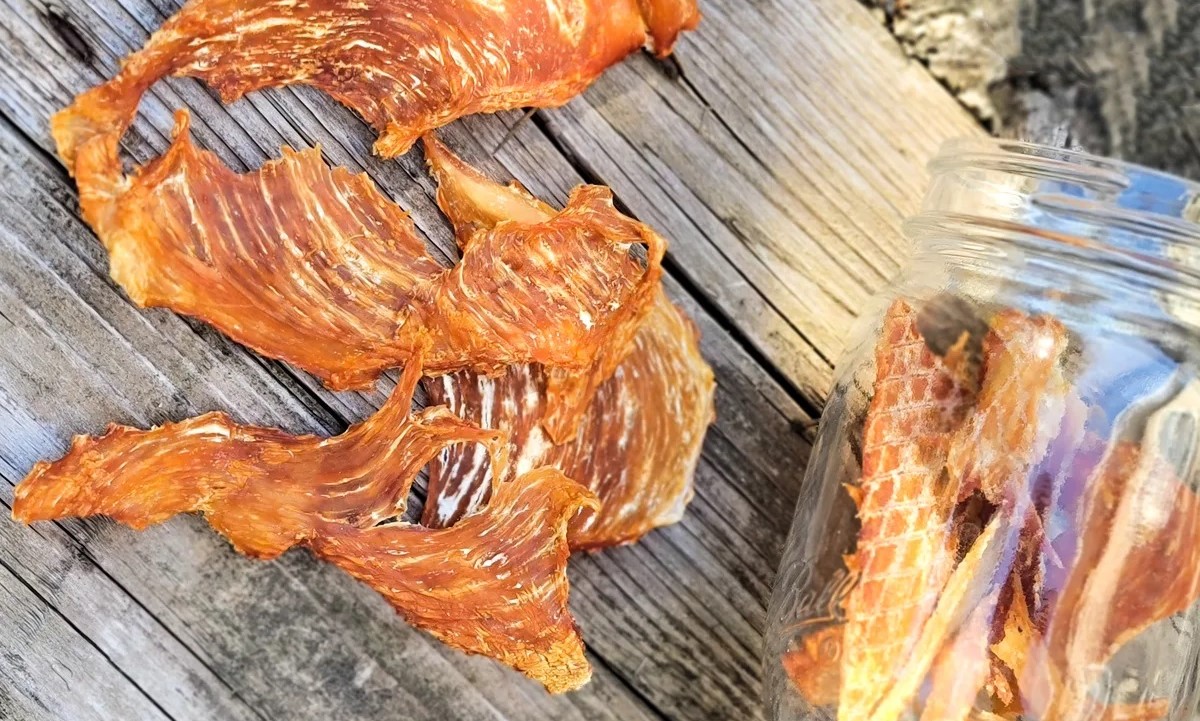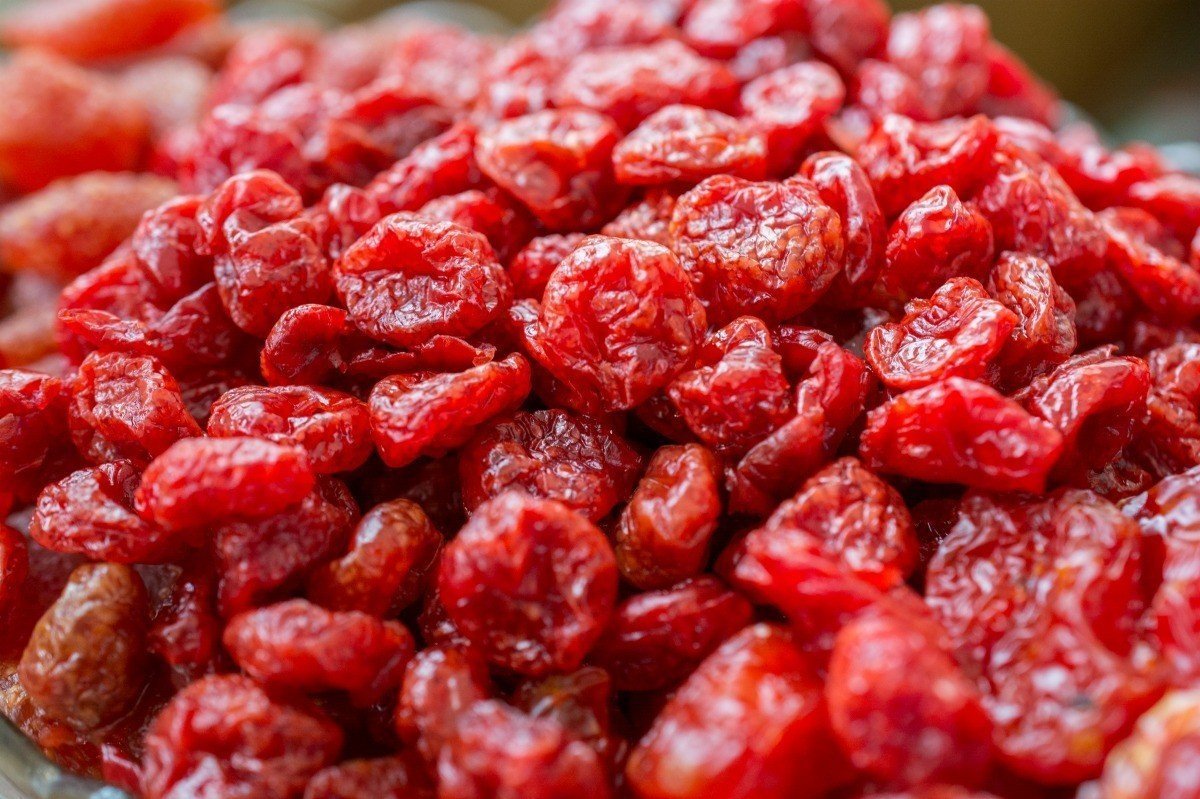Dehydrating Daikon: A Delicious Way to Preserve and Enjoy This Versatile Vegetable
Daikon, also known as white radish or mooli, is a popular ingredient in Asian cuisine. This versatile root vegetable is not only delicious but also packed with nutrients. One great way to preserve daikon for long-term use is by dehydrating it. Dehydrated daikon can be used in a variety of dishes, adding a unique flavor and texture. In this article, we will explore the process of dehydrating daikon and how you can use it in your cooking.
Preparing Daikon for Dehydration
Before you start dehydrating daikon, it’s important to properly prepare the vegetable. Here’s a simple step-by-step guide:
- Start by washing the daikon thoroughly to remove any dirt or debris.
- Peel the daikon using a vegetable peeler or a sharp knife.
- Slice the daikon into thin, uniform pieces. This will ensure that the daikon dehydrates evenly.
Dehydrating Daikon
Now that your daikon is prepared, it’s time to start the dehydration process. You can dehydrate daikon using a dehydrator or an oven. Here’s how:
- If you’re using a dehydrator, arrange the daikon slices in a single layer on the dehydrator trays. Set the temperature to 125°F and let the daikon dehydrate for 8-12 hours, or until they are completely dry and crisp.
- If you’re using an oven, preheat it to the lowest temperature setting. Place the daikon slices on a baking sheet in a single layer and put them in the oven. Prop the oven door open slightly to allow moisture to escape. Let the daikon dehydrate for 6-8 hours, or until they are dry and crisp.
Storing Dehydrated Daikon
Once the daikon slices are fully dehydrated, allow them to cool to room temperature. Then, transfer them to an airtight container such as a glass jar or a resealable plastic bag. Store the dehydrated daikon in a cool, dry place away from direct sunlight. Properly stored, dehydrated daikon can last for several months.
Using Dehydrated Daikon
Dehydrated daikon can be rehydrated by soaking it in water for about 15-20 minutes. Once rehydrated, it can be used in a variety of dishes. Here are some ideas to get you started:
- Add rehydrated daikon to soups and stews for a burst of flavor and texture.
- Grind dehydrated daikon into a powder and use it as a seasoning for meats, vegetables, or rice dishes.
- Use rehydrated daikon in stir-fries for a unique twist on a classic dish.
Experiment with different ways to incorporate dehydrated daikon into your cooking, and enjoy the unique flavor and texture it adds to your dishes.
In Conclusion
Dehydrating daikon is a simple and effective way to preserve this versatile vegetable for long-term use. Whether you’re an avid home cook or just looking to explore new ingredients, dehydrated daikon is a great addition to any kitchen. Try dehydrating daikon yourself and discover the many ways you can use this delicious ingredient in your cooking.
What are some other vegetables or fruits you’d like to learn how to dehydrate? Let me know in the comments below!
For readers keen to experiment with dehydrated daikon, there are several intriguing recipes to try. One standout is the Dehydrated Daikon and Beef Stir-Fry, which offers a savory and satisfying meal. The Dehydrated Daikon and Miso Soup is another excellent choice for those seeking a comforting and nutritious option. For a spicy kick, the Dehydrated Daikon Kimchi adds a unique twist to traditional kimchi. If you're in the mood for something hearty, the Dehydrated Daikon and Chicken Ramen is perfect for a cozy night in. Adventurous cooks might also appreciate the Dehydrated Daikon Powder Spice Blend, ideal for adding a zesty flavor to various dishes. Each of these recipes showcases the versatility of dehydrated daikon and promises to bring delightful flavors to your table.
Was this page helpful?
Read Next: How To Dehydrate Epsom Salt


